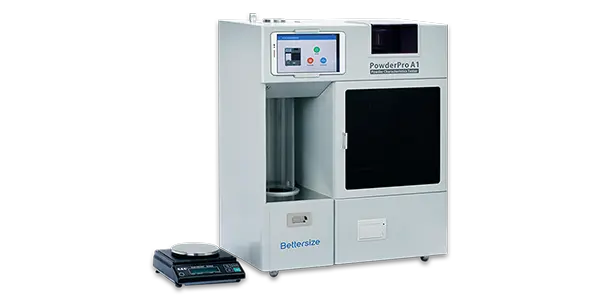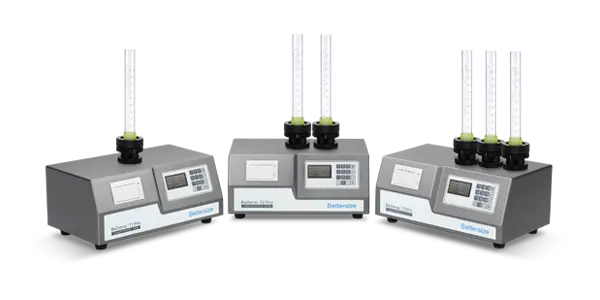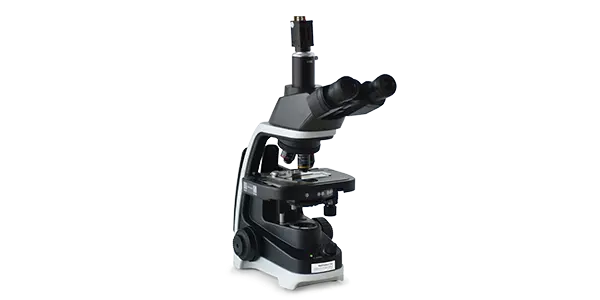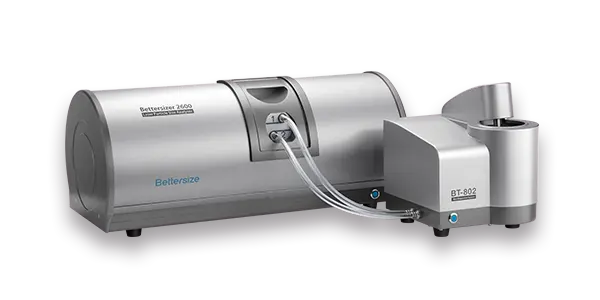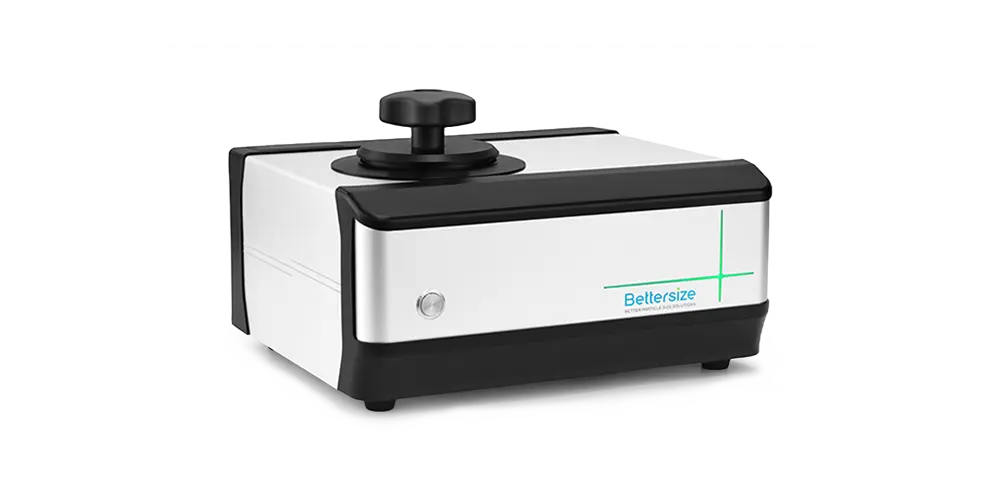AM技術
金属粉末の粒度分布および粒子形状の詳細な解析データを提供いたします。
金属製造プロセスには、粉砕、ガス処理、液体キャスト、遠心噴霧、直接還元、抽出などの多様な物理的および化学的工程が含まれています。これらの各工程では、最終製品の粒子サイズや形状、品質を確保するために、温度、圧力、材料のグレード、隔離および保護といった厳格な条件を遵守する必要があります。
Bettersize Instrumentsは、粉末の粒子サイズ、形状、物理的特性を精密に測定し、製品品質の監視と制御を行うことで、金属の開発および製造プロセスにおける生産技術の最適化を実現します。測定対象となる金属粉末には、アルミニウム粉、ビスマス、青銅、金属炭化物、カドミウム、クロム、コバルト、銅粉、ガリウム、ハフニウム、インジウム、鉄粉、鉛、マグネシウム粉、モリブデン粉、ニッケル、ニオブ、白金、レニウム、ルビジウム、シリコン、銀、ストロンチウム、タンタル、錫、二酸化チタン、タングステン、バナジウム、イットリウム、亜鉛粉などが含まれ、酸化ジルコニウムやさまざまな希少金属合金も対象です。
また、粉末冶金部品の製造においては、粒子径と形状の詳細な分析が必要不可欠です。粉末冶金部品は、プレス焼結、粉末鍛造、熱間静水圧プレス、通電焼結、金属射出成形、選択的レーザー溶融など、さまざまな製造技術を用いて作成されます。
アトマイズ金属粉末の粒度仕様は特に厳格で、複雑な形状の部品ではD(50)が小さく、粒度分布が狭くなることが一般的です。これにより、製品の密度と強度を最適化し、完成部品における空隙を最小限に抑えることが可能です。さらに、レーザー溶解装置においては、良好な流動性と充填性を確保するために、粒子の二峰性分布が求められることがあります。
生成される粒子は、高い球形度と滑らかな表面を有することが理想とされます。汚染物質は金属粉末の品質に対して悪影響を及ぼし、一つの汚染物質でも非常に薄い部品に点欠陥を引き起こす可能性があります。動的画像分析を活用することで、粒子が不規則であったり、粗い表面を持っていたり、半透明であったりするかをリアルタイムで監視し、品質管理に役立てることができます。
金属粉末のリサイクルに際しては、摩耗や汚染が懸念されるため、規格外となった粉末は再製造のために溶解し、再噴霧を行う必要があり、高コストが発生します。粉末の品質管理は、粉末メーカーや粉末冶金部品メーカーの基準に適合する必要があり、粉末の形態および粒度分布は、金属粉末の流動性、充填密度、汚染レベルに直接影響します。
以下のシステムを用いた粉末の形態および粒度分布の測定は、成形部品のグリーン強度、気孔率、焼結強度、さらには機械的特性の評価に寄与します。
Citations
- Bettersizer 2600
Functional redundancy as an indicator for evaluating functional diversity of macrobenthos under the mussel raft farm near Gouqi Island
DOI: 10.1016/j.aquaculture.2023.740024 Read ArticleZhejiang Ocean University | 2024Biological traits analysis (BTA) helps to evaluate the effects of different environmental variables on the traits-based functional composition of macrobenthos. However, research on functional traits of macrobenthos under mussel farming is limited. We investigated the spatial and temporal response of the benthic system in terms of taxonomic and functional diversity to environmental variables of farming and natural stressors resulting from suspended mussel farming near Gouqi Island of eastern China Sea. The functional traits of macrobenthic assemblages under mussel farming were characterized by “medium adult body size”, “vermiform body form”, “high flexibility”, “infauna”, “semi-motile”, “gonochoristic”, “surface deposit-feeders”, “carnivores”, “semi-motile burrowers”, and “tube-dwellers”. Functional redundancy was stable in response to mussel farming stresses among seasons, whereas species diversity showed efficient to evaluate natural variables. Functional diversity was significantly affected by farming stressors rather than natural variables, Further analysis using multivariate methods together with continuous monitoring were highlighted to evaluate the impacts of mussel farming. Our results reinforce the importance of macrobenthic species and functional traits analysis to evaluate human stresses driven impacts in offshore ecosystems. By analysing the environmental variables with different sources, independently, we concluded the main effects of human pressures on macrobenthic community. Such distinction could be particularly effective to isolate variable environmental descriptors and evaluate their effects on functional diversity, making the current approach promising for the evaluation of ecological effects of anthropogenic stressors in aquaculture areas. - Bettersizer 2600
Degradation characteristics and utilization strategies of a covalent bonded resin-based solid amine during capturing CO2 from flue gas
DOI: 10.1016/j.seppur.2023.125621 Read ArticleChina University of Petroleum | 2024In this study, various types of degradation as well as attrition which are possibly encountered in a circulating fluidized bed temperature swing adsorption (CFB-TSA) process, were conducted experimentally to evaluate the stability of a resin-based solid amine sorbent. Other characterizations methods, such as elemental analysis (EA), Fourier transform infrared spectroscopy (FTIR) etc. were applied to further reveal the degradation mechanisms. The results showed that thermal degradation occurs from 140–160 °C due to the decomposition of amine group. The CO2-induced degradation occurs from a higher temperature of 160–180 °C accompanied by the production of urea. Hydrothermal stability is good below 130 °C, but the ionic impurities in steam crystalized on particle surface can accelerate the degradation. Oxidative degradation is the most harmful, which starts at a lower temperature of 70–80 °C with the formation of aldehyde. The existence of H2O in atmosphere can alleviate the oxidative and CO2-induced degradations. The employed sorbent has a very low attrition index of 0.05, which is 1–2 orders lower than typical commercial fluidized bed catalysts. Based on the results of stability evaluation, some design suggestions for proper utilization of this sorbent or other similar resin-based sorbents have been provided in an industrial CFB-TSA process.
- Bettersizer 2600
De-branching of starch molecules enhanced the complexation with chitosan and its potential utilization for delivering hydrophobic compounds
DOI: 10.1016/j.foodhyd.2023.109498 Read ArticleShihezi University | 2024The current study aimed to prepare the complexes between debranched-waxy corn starch and chitosan polymers (DBS-CS), and then investigated their corresponding structural characteristics, rheological property and potent application in Pickering emulsion. The results indicated that the existence of chitosan significantly inhibited starch short-range molecular rearrangement for all DBS-CS samples, which was manipulated by both debranching treatment and chitosan content. Interestingly, this is the first study to reveal that the outstanding peak at 1.8 ppm in 1H NMR spectrum for sample DBS-CS was gradually shifted towards a lower-field region following an increased chitosan content. Moreover, the debranching treatment shifted the crystallinity pattern from A-type to B-type and the relative crystallinity of DBS-CS decreased gradually with the increased content of CS. All samples had a pseudoplastic fluid and shear-thinning behavior with an enhanced shear resistance following the complexation. The DBS-CS was applied in a Pickering emulsion for showing a greater emulsifying stability and a lower gel strength than native NS-CS prepared emulsion. Importantly, the encapsulation ability of curcumin in the DBS-CS emulsion was significantly improved, followed by an increase of 15.45% for its corresponding bioavailability compared to the control. Therefore, this study might highlight a potential carrier for delivering the bioactive substances in a green pattern. - Bettersizer 2600
Heat-induced aggregation behavior of wheat gluten after adding citrus pectin with different esterification degree
DOI: 10.1016/j.foodhyd.2023.109420 Read ArticleGansu Agricultural University | 2024Wheat gluten aggregation during heat treatment is beneficial to the final quality of gluten-based products. Exogenous pectin can affect gluten aggregation. However, the effect of pectin with different degrees of esterification on the heat-induced aggregation behavior of gluten and its possible mechanism are still unclear. Thus, the heat-induced aggregation behavior of gluten after adding pectin with different esterification degree was studied in this study. When the temperature was raised from 25 °C to 95 °C, pectin affected gluten aggregation and was related to the degree of esterification. Specifically, the results of rheological properties and particle size indicated that low-ester pectin improved the viscoelasticity of gluten and promoted gluten aggregation. Thermal properties revealed that enthalpy of gluten added with low-ester pectin (37%) increased from 92.96 J/g to 95.40 J/g during heating process. Structurally, the fluorescence intensity and surface hydrophobicity of gluten added with low-ester pectin (37%) were lower than those added with high-ester pectin (73%). In addition, low-ester pectin (37%) significantly increased the disulfide bond content (from 15.31 μmol/g to 18.06 μmol/g) and maintained β-sheet content of gluten compared with gluten alone at 95 °C, indicating that low-ester pectin was more likely to induce gluten aggregation. However, scanning electron microscope showed that the gluten added with low-ester pectin (46%) exhibited a denser network structure at 95 °C than that added with low-ester pectin (37%). These results will provide a theoretical base for the regulation of gluten aggregation and the quality of gluten-based products by pectin with different esterification degree.
- 1
- 2
- 3
- 4
- 5
- 6
- 84
厳選されたリソース
- Application Note
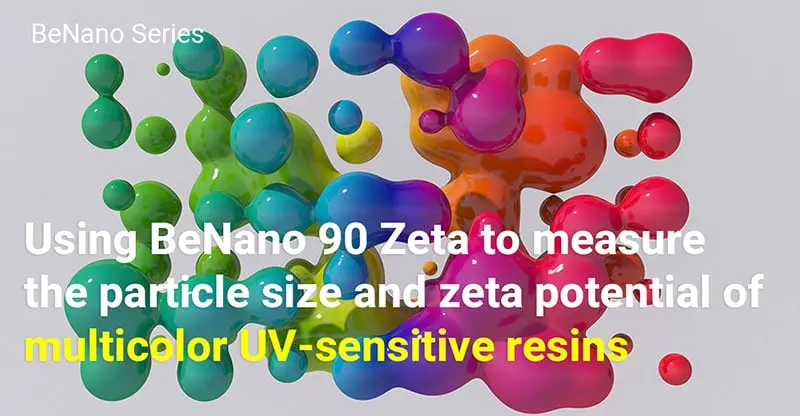 bigClick
bigClick2023-07-05
Using BeNano 90 Zeta to measure the particle size and zeta potential of multicolor UV-sensitive resins
- Application Note
 bigClick
bigClick2022-04-06
Particle characterization for additive manufacturing: Analysis of the key parameters particle size and shape using only one instrument


